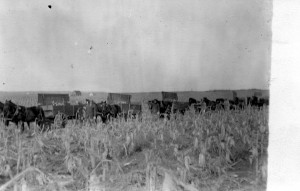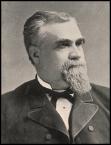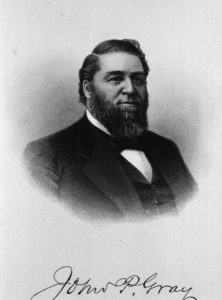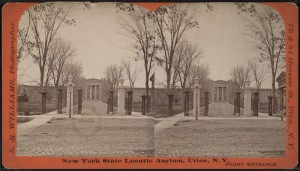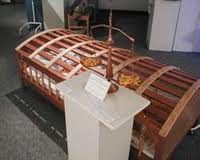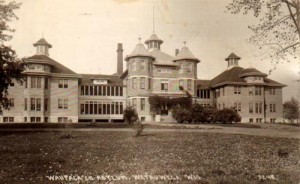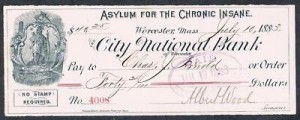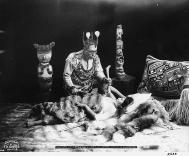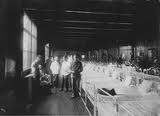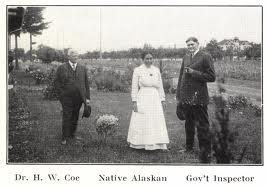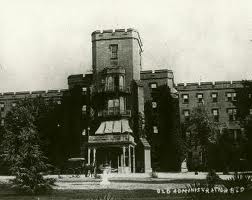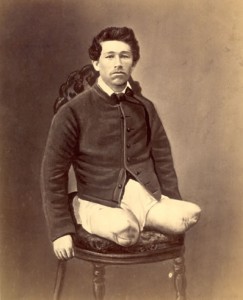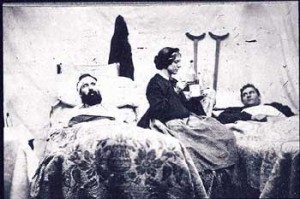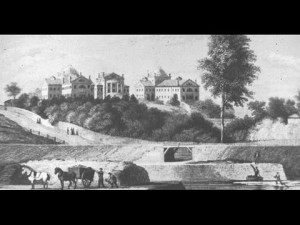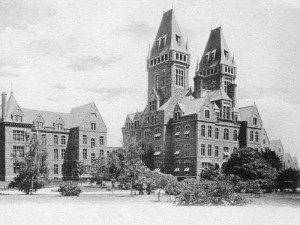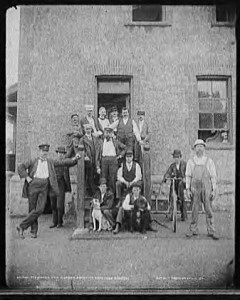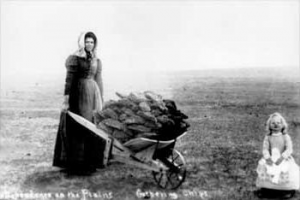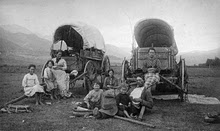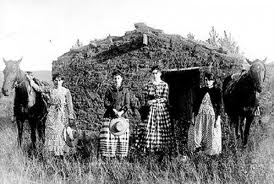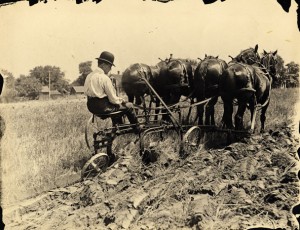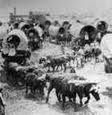Though Canton, SD could boast of a beautiful college and insane asylum, along with other substantial structures, it remained on the edge of the wilderness. The state was still a wide-open, empty place, and even settled areas weren’t far removed from the frontier environment.
The March 12, 1909 issue of The Sioux Valley News (published each Friday) noted that mountain lions were encroaching on settled territory in the Black Hills. The paper stated, “The lions have so far confined their meals to chickens, cats and other small live stock, but as several of the animals have come almost into town and seem unusually bold, hunting parties are being organized to rid the community of their presence.”
________________________________________________________________________

